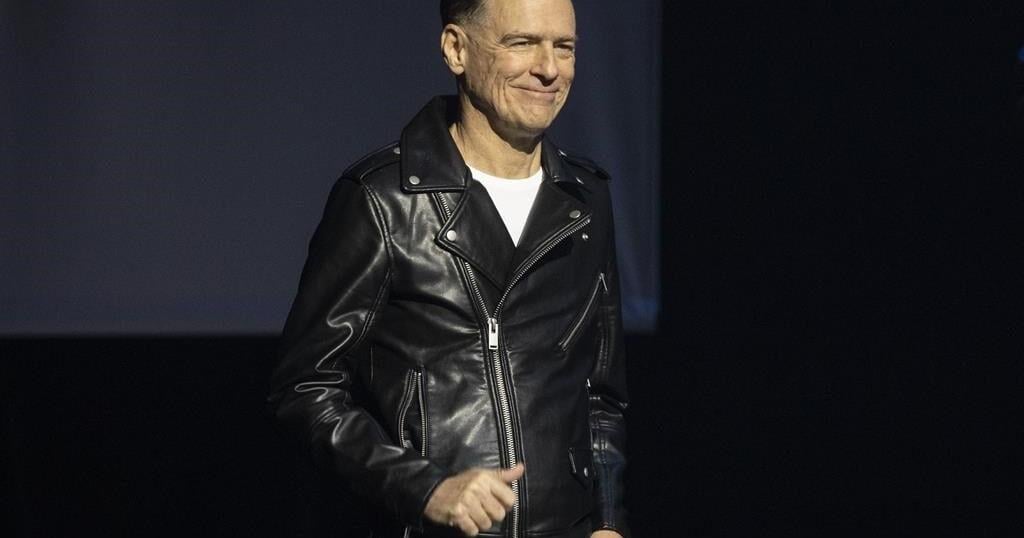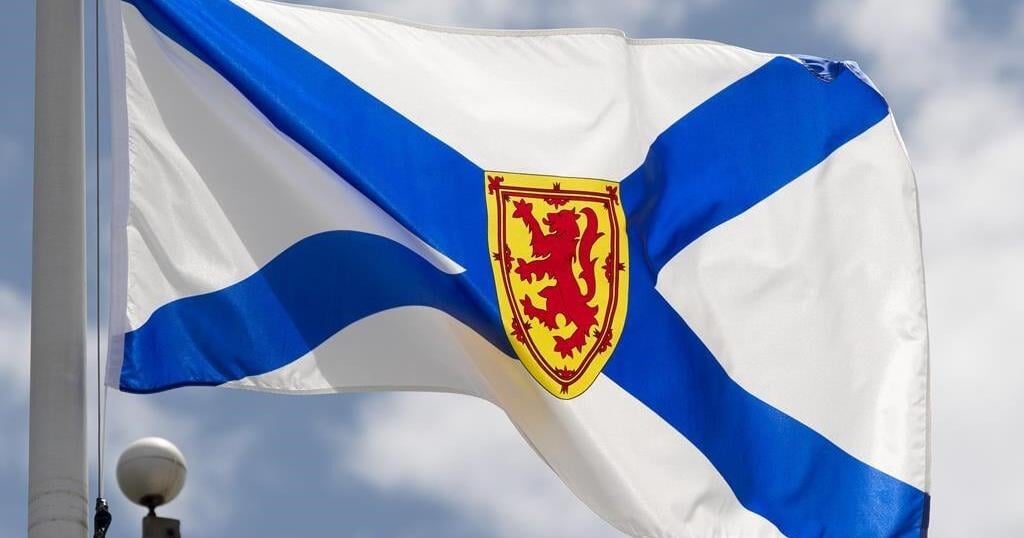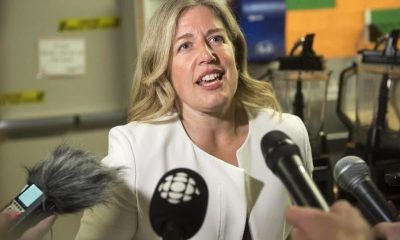VANCOUVER – B.C. Conservative Leader John Rustad has changed his story about seeing a man die of a drug overdose on his way to a televised election debate, after the BC Coroners Service said it had no record of such a death where he said it occurred.
Rustad had told Tuesday’s party leaders’ debate that he saw someone die “from an overdose” on the corner of Robson and Hornby streets in Vancouver, later telling a news conference he watched first responders “pumping his chest” as an ambulance arrived.
Rustad now says on social media that what he saw actually happened near the intersection of Burrard and Davie streets and he’s “overjoyed to hear a life was saved.”
The BC Coroners Service had said earlier it would be notified of a deadly overdose and it had no record of such an event in the last two and a half weeks at the location initially given by Rustad.
The service said if first responders were on scene and a person died, “a coroner would be called,” and it would also be notified if a person received resuscitation but later died in hospital.
BC Emergency Health Services also said it had “no records of any patient events” on Tuesday at the corner of Robson and Hornby streets, “or on the blocks immediately adjacent to that intersection.”
Rustad later posted a blurry photo of a group of people on the street that he said showed what he witnessed before the debate.
“I did not take this photo, it was sent to me. There was an ambulance at the scene when I saw it,” he wrote late Wednesday.
“My staff walked by as CPR was happening. One lady said ‘He’s overdosed.’ Another said ‘He’s gone.’ I’m overjoyed to hear a life was saved thanks to heroic efforts of first responders.”
His account on social media differed from what he described during and after the debate on Tuesday night, on multiple points including whether the person was dead, the location and whether Rustad personally witnessed resuscitation efforts.
Rustad had used the anecdote during his debate with NDP Leader David Eby and Green Party Leader Sonia Furstenau as an illustration of what he called “the British Columbia that David Eby has created.”
“I was on my way over here, and on the corner of Robson and Hornby, there was an individual who died, and there was emergency people rushing (around). This person died from an overdose,” he said near the start of the debate.
He was asked to elaborate at the post-debate press conference.
“(What) I saw from the window as I was looking down at this individual on the ground with the emergency people pumping his chest trying to bring him back to life and an ambulance coming up … I mean, it just, it’s horrendous to think that that is becoming normal place on our streets here in Vancouver and across this province.”
Amber Schinkel, media relations manager for the BC Coroners Service, said in an emailed response to questions that she had “reviewed drug toxicity deaths in Vancouver since Sept. 25, 2024, and there is nothing near” the address Rustad originally gave.
Asked if there were circumstances in which the service would not record a death, she said if it involved drug toxicity the coroner would be notified.
“If first responders had attempted to resuscitate a person at a scene and the person died, a coroner would be called. If first responders transported the person to hospital, where they later died, the Coroners Service would still be notified,” she said.
She said an exception was if a person was in their home in the area and under a doctor’s care when they died, “a death through MAID for example,” then the service would not be notified.
Rustad did not respond to requests for comment.
This report by The Canadian Press was first published Oct. 9, 2024.





















